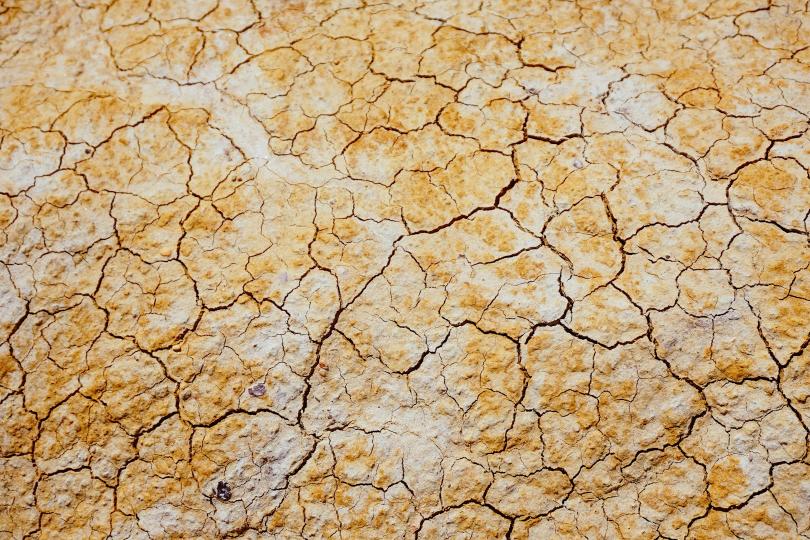Gill quoted on the hidden menace of western dust storms
Stanford University’s ‘& the West’ interviewed Thomas Gill for the story Rising from dead and dying lakes, western dust storms menace species, drivers and public health. He spoke about the lack of data and monitoring around dust, the likelihood of another dust bowl, the causes of dust and studies underway to better understand its threats. The following are excerpts from the article, read the full story here.
“I use a dust storm that happened maybe two years ago as an example,” said Thomas E. Gill, a professor of Earth, Environmental and Resource Sciences at the University of Texas El Paso. “It started out in southeast Colorado – you could see it from a satellite. Went across the heart of the dust bowl – Colorado, Kansas, Oklahoma, New Mexico, Texas. It went down the Texas panhandle. Ultimately it dumped into the Gulf of Mexico. But from the point of view of air quality monitoring and sensing, it didn’t exist.”
“We don’t have a handle on dust as an air-quality issue in most of the dusty areas – that’s a real unmet need,” added Gill.“We can make estimates and guesses by looking at them from satellites – but [cloud cover means] a lot of dust storms are hidden.”
“The hottest spots for dust are the lakes that are drying up, usually as a result of the human thirst for water,” said Gill.
A paper by Gill et al in 2023 found that “in most years, dust events caused comparable life losses to that from other weather hazards such as hurricanes, thunderstorms, lightning, and wildfires.”
Gill and colleagues founded the Dust Alliance of North America “as a center for sharing information and solutions.”
“Drivers on I-10 are not from dust country. They may never have been in a dust storm. They are traveling at 70 miles per hour and boom they’re in a white-out of dust,” said Gill. A dangerous stretch of I-10 “is very close to the border of Arizona and New Mexico,” he said, adding that “both states have poured millions of dollars into trying to find solutions.”.
“One of the questions I always get is ‘Will there be another dust bowl?’” said Gill. “My answer: probably not, but not for sure. I would not put it in terms of another dust bowl, but a lot of projections [Indicate that] … dust is going to increase and spread over the Great Plains,” he said.



